This month audiences will have the opportunity to screen corações de aço na rede Planet Classroom.
corações de aço is a fantastic, enthralling, multi-award winning short documentary that follows a group of Toronto teenagers as they prepare and practice rigorously for a musical competition for steel bands. Each musician has a different reason for being in the band and this gives them an opportunity to shine and explain what the band and the competition means to them. On their stimulating journey, the teens learn lessons about leadership, compromisso, auto-confiança, multi-cultural respect, and the value of belonging to a musical family. The film captures their hard work, emotional stress, and elation as they move toward the finish line.
corações de aço is directed by Gayle Wilmot, and this is her first documentary film. A Pesquisa Global para a Educação is pleased to welcome Gayle Wilmot.
Gayle, this was your first film. What was it about this particular story that inspired you to produce a film? How would you describe the audience you saw for this story?
It’s true that this was my first film. I hadn’t really picked up a video camera before except to film my own kids. But to understand what prompted this film you need a bit of my backstory. I was fascinated by the sound of steel pan music and took a short course in how to play. The teacher of the course invited me to join his group – and I was astounded to arrive the first day and discover that they were all children and teenagers who were spending every day in the month of July practicing for 6 hours per day! I found the instrument very hard to learn — the steel pan is NOT arranged chromatically like all other instruments are. So the kids had to very patiently teach me how. I spent 2 ou 3 summers playing with them — I was much older than all of them, and from a very different cultural background. They absolutely fascinated me – their commitment to the program, to the music, to each other, and to the older band leaders. And at one point I recognized that they were from areas of the city that were experiencing violence — yet THEY were too busy doing their everyday pan practicing to get involved in that type of trouble. I LOVED the music we were creating together and felt that they trusted me enough that perhaps I could elicit their stories and create a visual and audio story that people could watch. I knew that most of my city of Toronto was not aware that this type of program even existed and that perhaps they should consider it as a way to engage youth.
If you were asked to describe the lessons you learned in the process of making your first film, what would they be? What skills do you believe are helpful to those who want to be a filmmaker?
At the most basic level, I learned the value of recording with proper sound – as I had to enhance my sound quality forensically after I completed the film and I learned the value of using a proper cameraperson, since I was trying to do it all myself — the interviewing and the filming. So while having a proper “crew” destroys the intimacy of an interview sometimes – it might help you avoid having shots with garbage cans in the background.
But the most important thing — and I was told this when I first started the film — is to hire a story editor! Someone who can help you sort through all of the footage and the storylines that you love — and help you order them, trim them, and reduce the number of characters you can reasonably follow. My story editor helped me move this from a documentary filled with information to a film that has a story arc, and I believe they are the best documentaries.
Do you believe this film will impact, influence, or shift the perspective of those who are unfamiliar with the steelpan?
I suspect that most of us in North America have a very narrow view of what steel pan music is all about. We picture a vacation experience in the Caribbean where a single person stands at the airport or your resort and taps out a very gentle rendition of Yellow Bird. They have no idea of the raw power of a steel band playing in a large group to a driving soca beat. Neither do I think they see a steel band as an orchestra with multiple different instruments playing different parts of a piece — and the incredible cooperation that requires. Mastering the instrument is very difficult and very exciting – and playing in a group can be a euphoric experience. Viewers might also be surprised to see how accessible the instrument is to children, and how “pattern learning” is at the root of its music. Such an untraditional instrument can celebrate some children’s heritage and introduce others to music in a whole new way.
How do you think this story will spearhead meaningful change, particularly with regard to extending the longevity of the steelpan program?
I would love to believe that more schools and community centres would see fit to invest in a steel pan program after seeing the film – to give kids who may not be inclined to pick up a violin or clarinet an opportunity to participate in the creation of musical sound and the thrill of collaboration. But from a broader perspective, I would like to see educators or people who create youth programming appreciate how by focusing on disciplined creative activity, you can unite youth beyond ethnic divides, cultural divides, age divides and gender divides.
Em que você irá trabalho em seguida? How has your experience with corações de aço impacted the kinds of stories you want to tell in the future? What lessons learned have changed the way you want to tell your stories?
So many documentaries leave you feeling sad and hopeless. I prefer – and suspect we all do – documentaries that educate us and make us feel good. So that is definitely a direction I want to take in future projects. For my next topic, I am turning to another subject near to me. I volunteer with an organization that helps people who have lost their language skills through either a stroke or brain injury to reclaim their lives and negotiate conversations again. It has given me an opportunity to watch people come back to an enjoyment of life after being dealt such a bad hand of cards. Watching people turn from grief to happiness is wonderfully inspiring – so once we can all gather again, I will continue pursuing what I have already started there. Again I hope to be able to create an uplifting story arc.
CM. Rubin and Gayle Wilmot
Não perca corações de aço, agora em exibição na Rede Planet Classroom.

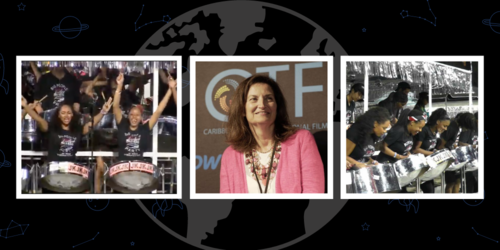
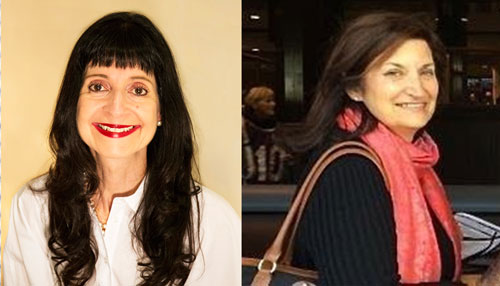
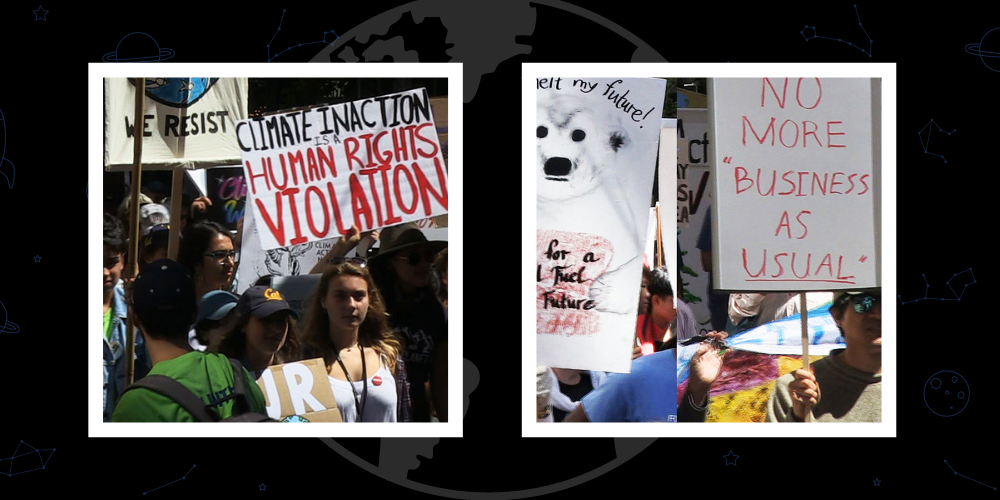
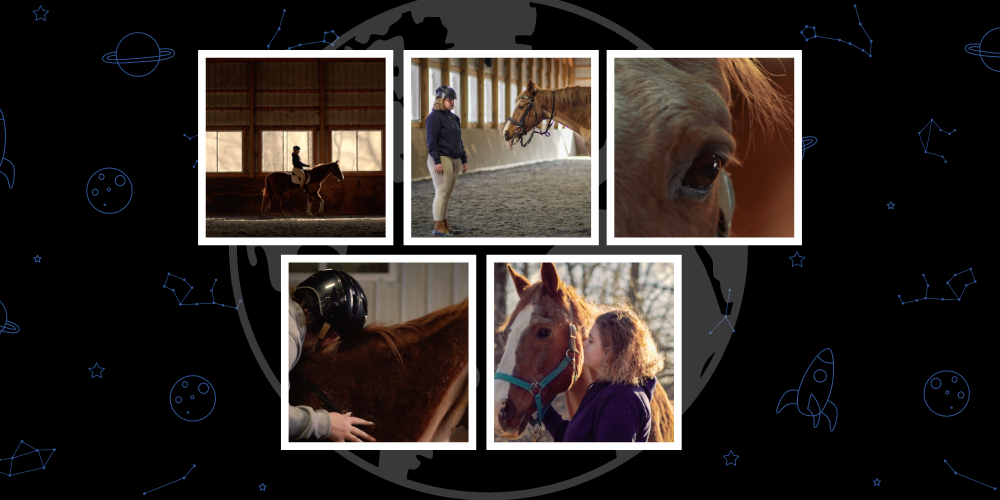
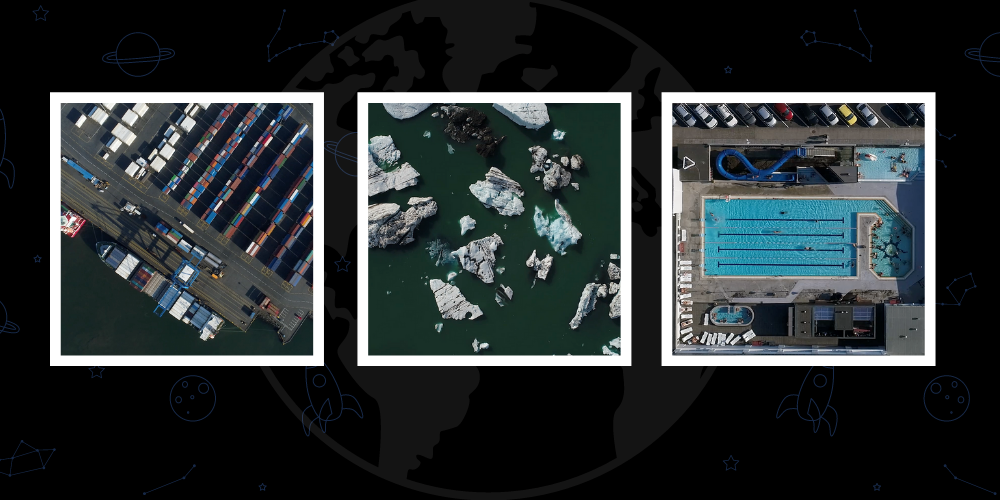

Comentários Recentes